






























All the listening files of the student’s book are available at www.paraninfo.es

































All the listening files of the student’s book are available at www.paraninfo.es



















































































































Gerente Editorial
María José López Raso
Equipo Técnico Editorial
Sofía Durán Tamayo
Paola Paz Otero
Marta Oliveira Ramírez
Asesor Técnico
Pablo Alcalde San Miguel
Asesora Lingüística
Lucy Arnold
Técnico de Sonido
José Carlos Yáñez
Editora de Adquisiciones
Carmen Lara Carmona
Producción
Nacho Cabal Ramos
Diseño de Cubierta
Ediciones Nobel
Preimpresión
Alejandra García Blázquez
Inglés para Electricidad y Electrónica
© M. Milagros Esteban García
COPYRIGHT © 2021 Ediciones Paraninfo, SA 1.ª edición, 2.ª reimpresión 2021
C/ Velázquez 31, 3.° Dcha. / 28001 Madrid (ESPAÑA)
Teléfono: 902 995 240 / Fax: 914 456 218 clientes@paraninfo.es / www.paraninfo.es
ISBN: 978-84-283-9881-7
Depósito legal: M(xxxxxxxxxxx)
Reservados los derechos para todos los países de lengua española. De conformidad con lo dispuesto en el artículo 270 del Código Penal vigente, podrán ser castigados con penas de multa y privación de libertad quienes reprodujeren o plagiaren, en todo o en parte, una obra literaria, artística o científica fijada en cualquier tipo de soporte sin la preceptiva autorización. Ninguna parte de esta publicación, incluido el diseño de la cubierta, puede ser reproducida, almacenada o transmitida de ninguna forma, ni por ningún medio, sea este electrónico, químico, mecánico, electro-óptico, grabación, fotocopia o cualquier otro, sin la previa autorización escrita por parte de la Editorial.
Impreso en España /Printed in Spain Xxxxxxxxxxxxxxxxxx
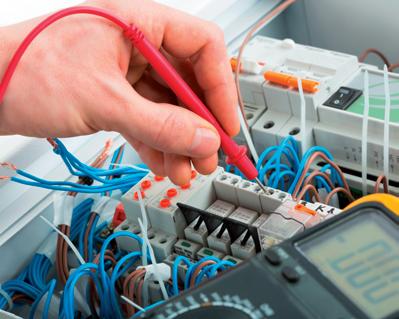



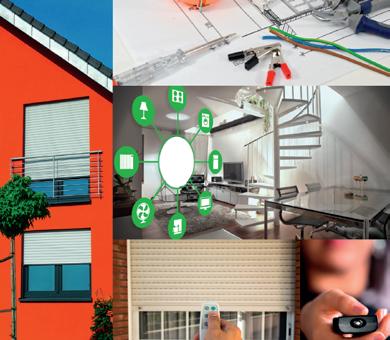










English is going to be an essential part of your profession, and this textbook has been written to meet your needs. It covers all the main areas you may require in your future job in electricity and electronics. It consists of 6 units, plus an introductory one, which will provide you with the main skills and vocabulary to help you communicate in this foreign language.
Each unit starts with a warm-up to introduce the topic. After the warm-up every unit includes different sections:
1. Vocabulary (I & II)
The two vocabulary sections in the units give you the opportunity to work with varied vocabulary related to specific fields in the world of electricity and electronics.
2. Listening
The listening section shows you a model of oral language. You should listen to the dialogues carefully and then do some exercises related to them. This section includes some pronunciation practice too.
3. Grammar (I & II)
There are two grammar sections in each unit. In them you will review some of the main aspects of English grammar: verb tenses, sentence structure, etc.
4. Speaking
The speaking part offers you different role-play situations to help you express yourself fluently in English.
5. Reading
In the reading section you will find a variety of texts related to the field of electricity and electronics and curiosities about this world. They will help you improve reading comprehension skills and will give you extra interesting information.
6. Writing
The writing section provides you with different types of model texts and exercises to help you improve your writing skills.
7. Check your progress, Remember and Just for fun
At the end of every unit you can assess yourself with the Check your progress section, which will make you aware of your own learning process: what you have learnt and the areas where you still need to improve. You can review the grammar of every unit with the Remember section. And Just for fun ends the units with a quiz, wordsearch, cryptogram, etc.
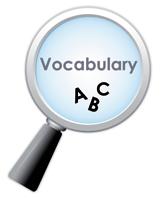

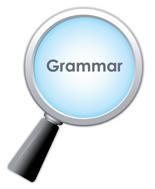







After every two units you have a project proposal and a glossary of the vocabulary of the units organised in semantic fields. You can also have a look at the listening scripts. At the end of the book the Appendix provides extra information: numbers & measures, useful documents for electricity and electronics, irregular verbs, etc.
If you follow the steps given in the textbook and your teacher’s indications, we are sure that you will improve your receptive and productive skills of the English language. At the end of this course your English will have improved significantly and you will be ready to face all the challenges of your job in electricity and electronics.
























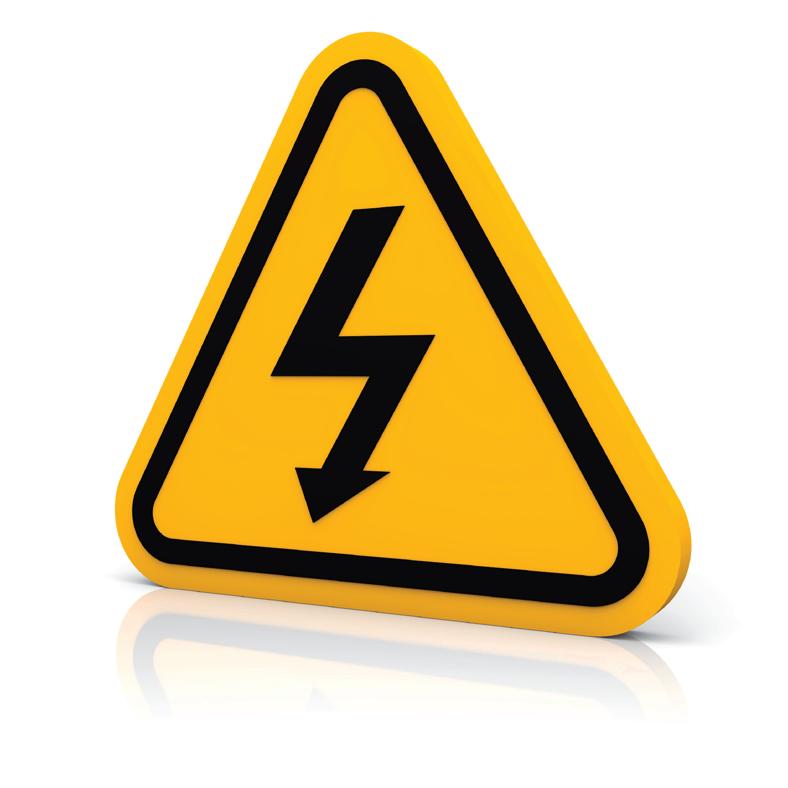























Look at these photographs. What do you think they are? HAVE A GUESS!

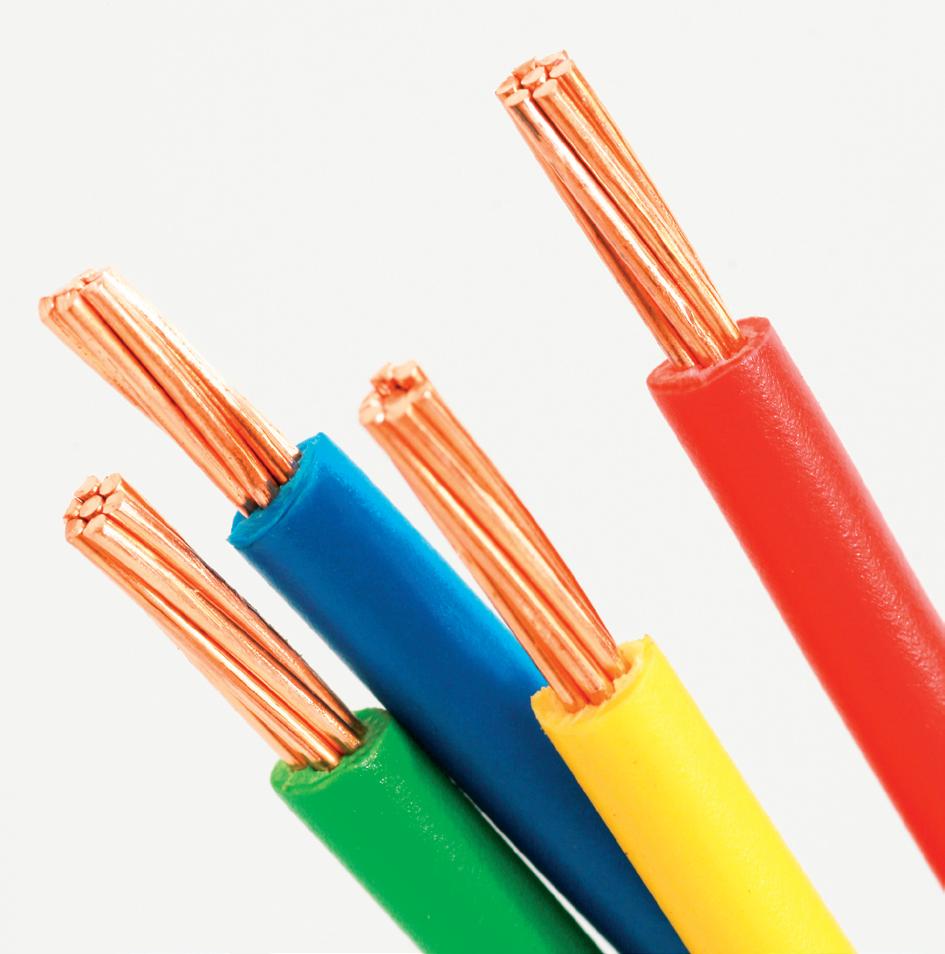
1. Fill in the blanks with information about you.

My name is
I’m (age).
I’m from and/but I live in (country/town/city).
I study (studies) at (school).
My favourite subject is .
I like , and (hobbies/activities).
I hate and .
I’d like to become a/an (job).

I can , and (abilities).
I’d like to work in (place).

• Now, introduce yourself to your classmates.
2. Match the questions or sentences and the answers:
What’s your name?
Where are you from?
Welcome to our new office.
Can you drive a car?
What are you studying?
Are you married?
Can you spell your surname, please?
What is your job?
Nice to meet you.
How old are you?
• Write them down in your notebook.


I’m 20.
Nice to meet you too.
I’m Francisco Rodríguez.
I’m an electrician.
I’m Spanish.
Yes, I can. I’ve got a driving licence.
No, I’m not.
Thank you.
Car electronics.
R-O-D-R-I-G-U-E-Z.
3. Complete the dialogue below with the right sentences, words or expressions:
Sam Hello, ?
Michelle My name is Michelle.
Sam Nice to you. I’m Sam.
Michelle too.
Sam Where are you from, Michelle?
Michelle France. And you?
Sam English, from Hastings.
Michelle a student here?
Sam Yes, .
Michelle What ?
Sam I’m studying Electronics. And you?
4. Listen to the dialogue and check your answers.








Energy is a source of power. We can also define energy as the ability to do work.
There is a wide range of different forms of energy such as: mechanical, electrical, heat (thermal), light (radiant), chemical, and nuclear energy.
1. What are the different sources of energy in the pictures? Can you label them?



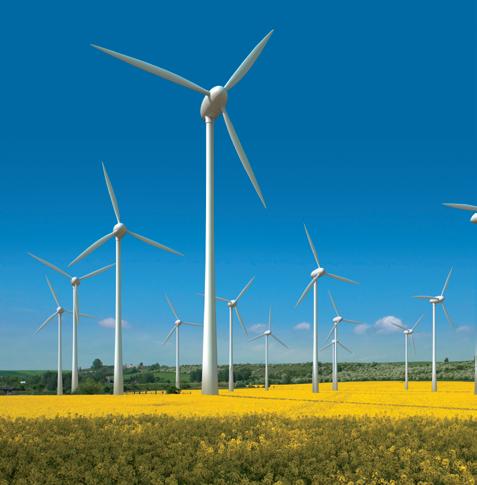
Energy can be either stored (potential energy) or working (kinetic energy).
All forms of energy are stored in different ways. The energy sources that we use every day can be classified as either renewable or non-renewable.
• Renewable energy is an energy source that we can use over and over again.
• Non-renewable, or conventional energy, is an energy source that we are using up and which cannot be replenished in a short period of time.
Nowadays, we get most of our energy from non-renewable energy sources. However, things are changing fast because natural resources are limited, we therefore need to find new and sustainable forms of energy.
2. Classify the energy sources in the box into renewable and non-renewable:
Fossil fuels were formed over millions and millions of years by the action of heat from the Earth’s core and pressure from rock and soil on the remains of dead plants and animals.
3. Which of the energy sources in the box above are called “fossil fuels”?
4. Where do these forms of energy come from?
a) Solar energy comes from _____________________________________________
b) Aeolian energy comes from ___________________________________________
c) Geothermal energy comes from _______________________________________
d) Biomass comes from __________________________________________________
e) Hydropower comes from ______________________________________________
f) Nuclear energy comes from ___________________________________________
We use all these energy sources to generate the electricity we need for our daily life at home, in businesses, at schools, or in factories.
We have used wind mills since 2000 B.C. They were first used in China and Persia.
Wind power is currently the fastest-growing source of electricity production in the world. Find more information at www.windenergyfoundation.org
5. Match the type of electric power station and the primary energy they use:
hydroelectric power station
classic thermal power station
nuclear thermal power station
wind farm
thermal solar power station
solar photovoltaic power station
sunlight
organic, forest and farming waste
heat produced by nuclear fusion
moving water
heat produced by the sun
wind
heat produced by burning coal, petroleum derivatives, natural gas, waste, etc.
















Lightning is a discharge of electricity in the atmosphere.
Lightning bolts can travel at around 210,000 kph (130,000 mph).
We can’t see electricity, but we can see the effects it makes (lighting, movement, heating, etc.).
Electricity is a physical manifestation which is related to the changes that take place in the smallest particles of matter, the atoms. It is a form of energy associated with stationary or moving electrons, ions, or other charged particles found in atoms.
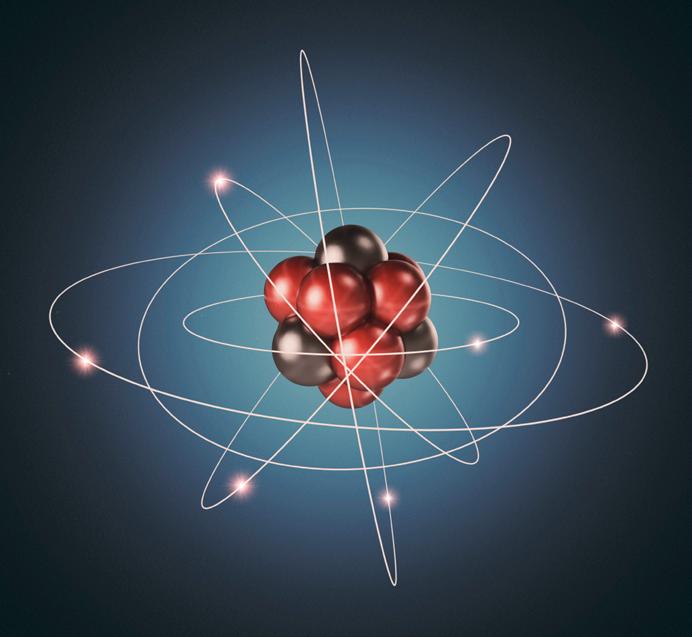
1. In general use, the word “electricity” refers to a number of physical effects. Do you know what they are?
If you pick up a plastic pen, rub it well with a woollen cloth and put it near small pieces of paper, they will be attracted to the pen.
Electricity is the flow of electrical power or charge. It is a secondary energy source because it is obtained from the conversion of other sources of energy called primary sources, and include coal, natural gas and nuclear power among other natural sources. The energy sources we use to make electricity can be renewable or non-renewable, but electricity itself is neither renewable nor non-renewable.
Can you imagine your life without electricity?
plastic stick
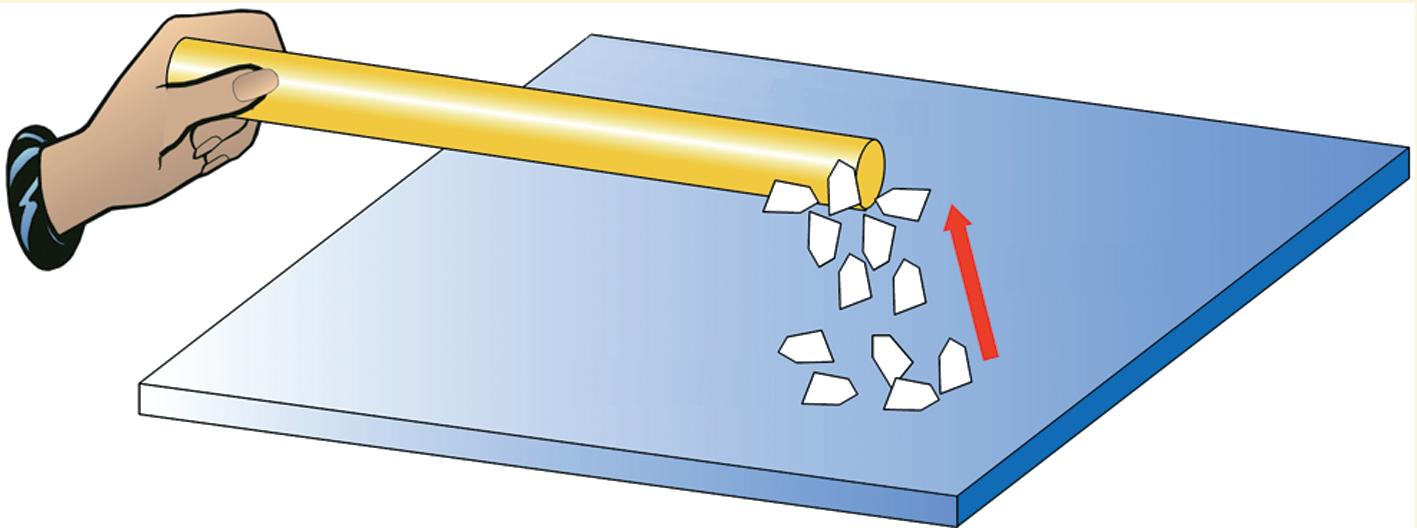
All matter is made up of atoms. Atoms have a nucleus surrounded by electrons in motion. The nucleus is composed of protons and neutrons. Electrons have a negative charge, and protons have a positive charge. Neutrons are neutral.
2. Label the different parts of an atom.
nucleus orbital protons electrons neutrons
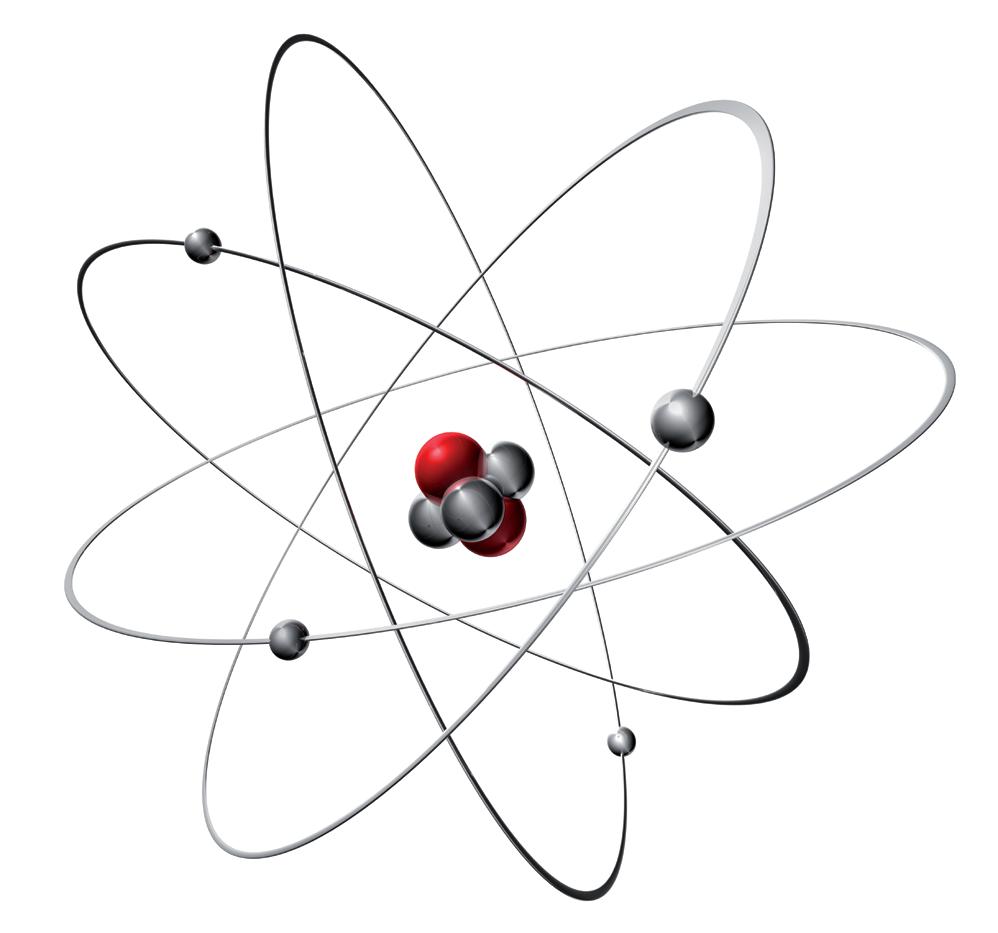
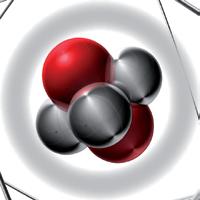
An electric current is produced when free electrons move from atom to atom in a material.
• Materials that allow electrons to move freely are called conductors. Metals are usually good conductors, they have many free electrons.
• Materials that do not allow free movement of electrons are called insulators. These materials block the flow of electrons.
• Semiconductors are materials whose conductivity can be controlled.
Electric current is a movement or flow of electrically charged particles, typically measured in amperes (amps).
When current fl ow is one direction, it is called direct current (DC).
Electromotive force (EMF) is the force that moves electrons through conductors. Its unit is called the Volt. A voltage source has two terminals, positive and negative. Some examples are car batteries (12 volts DC), D cell batteries (1,5 volts DC) and a wall socket (120 volts AC).
Resistance (ohms) is the ability to oppose an electrical current.
3. Classify these materials into conductors and insulators.
copper zinc ceramic rubber glass silver iron wood fibreglass aluminium gold plastic conductors insulators
An electric circuit is a structure that directs and controls electric currents to perform a useful function.
A circuit always needs a power source, such as a battery or cell, with wires connected to the positive (+) and negative (–) ends. A circuit can also contain other electrical components, such as bulbs, buzzers or motors, which allow electricity to pass through them. Electricity can only flow around a circuit that is closed, one without any breaks.
4. Fill in the gaps with the words in the box:
A circuit only works if it is 1. ______________. This means that it must make a complete 2. ______________, if not, the 3. ______________ can’t flow. If a material carries the electrical energy, allowing the bulb to light, it is a 4. ______________. Otherwise, it is an 5. ______________.
We use symbols to draw circuits. These are the basic standard ones:
For more electrical circuit symbols go to the Appendix on page 267 at the end of this book.
5. Label the diagram with these words:
lamp battery switch conductor
• Current (I) is measured in amperes (amps)
• Voltage (E) is measured in volts
• Resistance (R) is measured in ohms
Ohm’s Law
Ohm’s Law relates Current (I), Voltage (E) and Resistance (R). We can express their relationship in three ways:
6. DEFINITIONS. What are these?
a) The unit used to measure the electric current
b) The smallest particle of an element, of matter.
c) An atom with a positive charge.
d) An atom with a negative charge.
e) A source of electrical energy.
f) A path through which electricity flows.
g) Material through which electrical current can flow.
h) A flow of electrons.
i) The force that moves electrons in an electric circuit.
j) The unit to measure voltage.
Electricity travels a long way from the power plant where it is made to our homes. It travels through the electrical transmission and distribution system.

Electricity is made at a power plant by huge generators. Most power plants use coal, but some use natural gas, water or wind.

The current is sent through transformers to increase the voltage to travel long distances.

The electrical charge goes through high-voltage transmission lines across the country. 4 5

It reaches substations, where the voltage is lowered to make it safe to use in our homes.

Then it travels through smaller power lines, called distribution lines, to our houses.
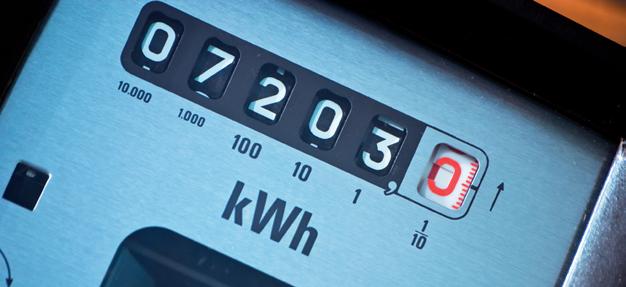
It passes through an electricity meter that measures how much your family uses. The service panel has fuses to protect the wires in a house from overloading.
1. What comes to your mind when you see the term “electronic”? Do you know any compound words with “electronic” in English or in your native language?

Most words formed with electronic have got the form e–, for example: e-mail, e-book, etc.
2. Match the following compounds and their meanings: paying for things over the Internet buying over the Internet, online shopping website that gives 24-hour online access to books, audio and video material. a way of sending messages and data to other people through connected computers a very small computer for storing information, such as addresses and important dates publishing books that can be read on a computer, for example as CD-ROMs e–mail organizer publishing payment library shopping
Electronics is the branch of science and technology that studies electric currents in electronic equipment. Electronics deals with electrical circuits that involve active electrical components.
Most electronic devices use semiconductor components to control electrons.
Many semiconductor devices act like a conductor when an external force is applied in one direction and like an insulator when the external force is applied in the opposite direction. This principle is the basis for transistors, diodes and other electronic devices.
Silicon is the most common material used to build semiconductor devices. Si is the main ingredient of sand.
In electronic circuits there are many electronic symbols used to represent basic devices.
Let’s take a look at the use of these adjectives:
Electric describes things that use electricity to make them work: electric iron, electric guitar, etc.
The adjective “electric” also means extremely exciting
Electrical is used in more technical contexts, referring to electricity: electrical wiring, an electrical engineer, an electrical appliance, etc.
However, the distinction between electric and electrical is not always so clear now: an electric/electrical company
Electronic describes equipment and systems that use computer chips, transistors and other similar very small parts.
In the English lessons, interaction should be in English. Here are some of the most common expressions. Some of them are typically said by students, others are often used by teachers. These are just a few examples of different classroom situations. Can you add any more?

USUALLY SAY: THINGS STUDENTS
• Let’s start.
• Open your books on page...
• Write it down, please.
• Do the exercises.
• Be quiet!
• Pay attention to me!
• Listen carefully.
• Work alone/in pairs/in groups.
• How do you translate it?
• How do you spell it?
• How do you say “............” in Spanish/English?
• Have you finished?
USUALLY SAY:
• I don’t know.
• I don’t understand.
• I’m sorry I’m late.
• Is this OK/right/wrong?
• Can you repeat it, please?
• Can you play it again, please?
• What’s the meaning of “............”?
• May I come in?
• Can I go to the toilet?







































In this unit you are going to:
• learn about different kinds of jobs in the field of electricity and electronics
• describe personal qualities and duties at work
• use the verbs to be and to have in the present tense
• use present tenses: both simple and continuous
• make sentences using relative clauses
• apply for a job: read job adverts, write a CV and a covering letter
• learn how to succeed in a job interview






























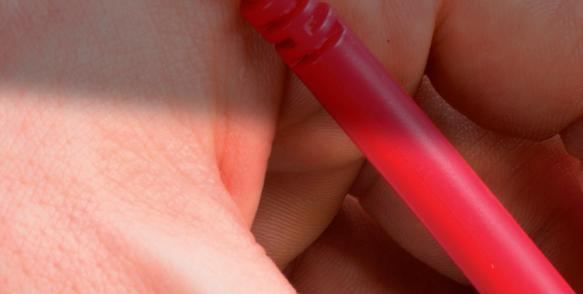









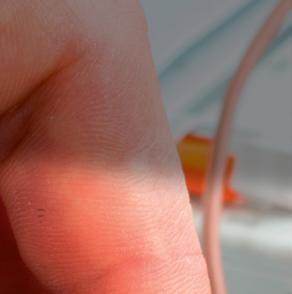




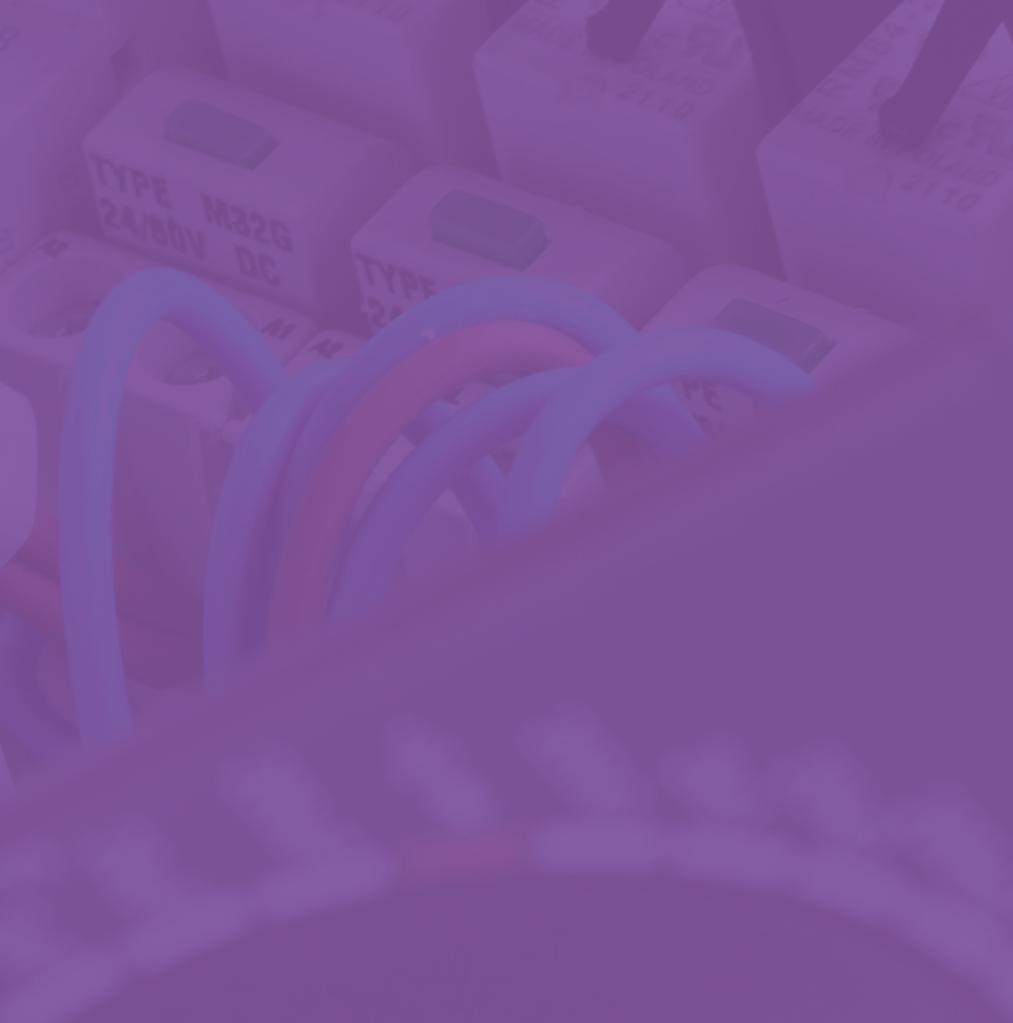
What is your favourite job?
Have you got a lot of free time? It is not easy nowadays, but do you think you could work parttime to get some extra pocket money?
“I never did a day’s work in my life. It was all fun.”
Thomas A. Edison

Electricity is a versatile power source. It has got a wide range of applications, which means that this industry employs people in a variety of professions. Some of them require a university degree, while others need a high school diploma and technical or vocational training.
What are some common jobs in the field of electricity? Have a look at the box below to find out.
1. These jobs are all related to electricity. Can you translate them into your language? Let’s have a go!
Electrician
• Senior electrician
• Junior electrician-Helper
• Apprentice
Industrial electrician
Electrical line worker/lineman
Electrical installer
Power plant operator
Electrical engineer
Electrical appliances repairer
Aerial technician
Auto electrician
Solar panels installer
2. Do you know any other professions in the field of electricity?
3. Electrician is a skilled profession. But electrical jobs fit many different skill levels. Not all electricians have the same status or responsibilities. Some of the words in the chart in Exercise 1 show the rank of an electrician. Which ones? Today the field of electronics is developing very quickly. It includes analogue and digital electronics, consumer electronics, embedded systems and power electronics.
There are lots of career options and opportunities. These are just some examples of professions in electronics and telecommunications:
Computer scientist
Electronics design engineer
External applications engineer
Electronics technician/engineer
4. Can you add any other jobs in electronics?
Note the difference between…
• electricity
a form of energy from charged elementary particles, usually supplied as electric current through cables, wires, etc. for lighting, heating, driving machines, etc.
• electrics
the system of electrical wires in a house, car or machine.
• electronics
1. the branch of science and technology that studies electric currents in electronic equipment.
2. the use of electronic technology, especially in developing new equipment: the electronics industry.
3. the electronic circuits and components used in electronic equipment.
5. TIME TO GUESS! What are their jobs? What do they do? Choose from the words in the box below and make sentences.
industrial programmer solar panels installer electrician line worker electrical engineer

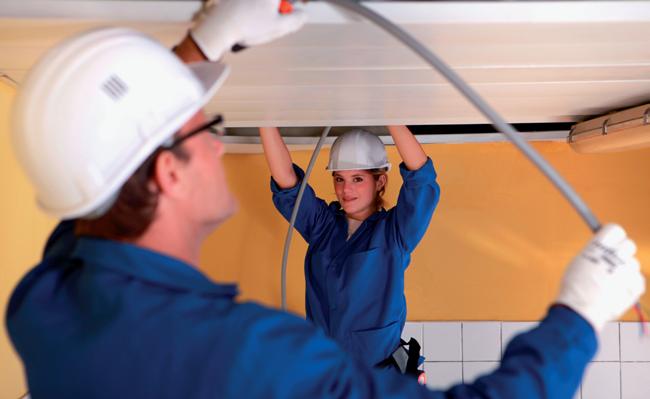
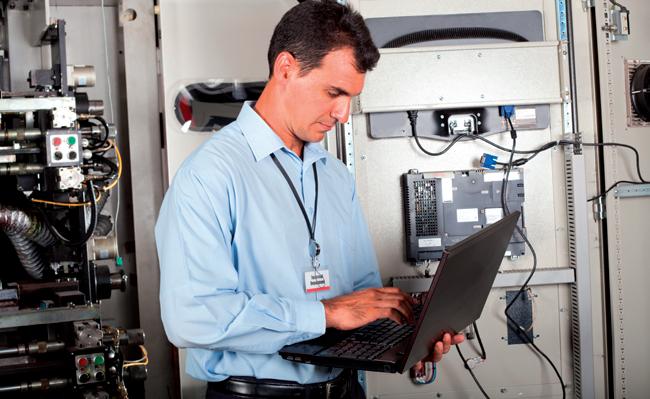
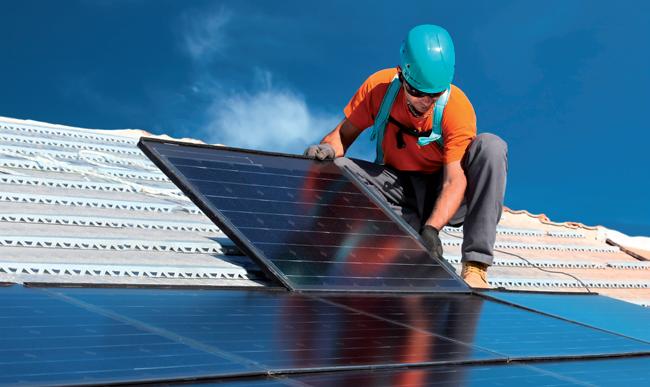
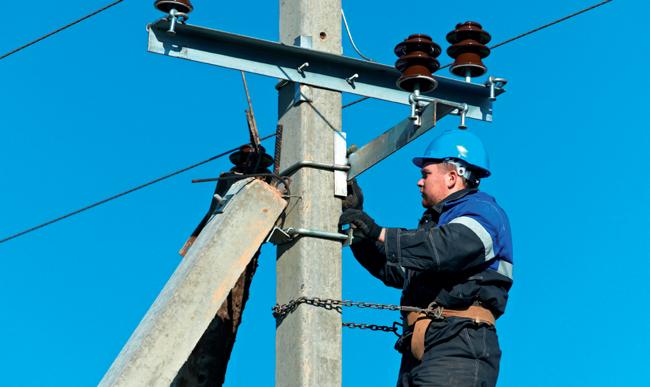
She is an electrical engineer.
6. Now match the jobs to the explanation of their duties and responsibilities:
electrical line worker electrician electrical installer power plant operator electrical engineer
design electrical systems, devices and components
install and repair the wiring and electrical components
maintain power plants that produce energy set up electrical motors and appliances
install and maintain the overhead and underground lines and cables that carry electricity to homes and businesses
7. Write sentences about different professions and their duties using the following structure:
A/an __________ is someone who ________________________
An electrician is someone who installs and repairs wiring and electrical components.
To express your responsibilities at work you can say:
I’m in charge of responsible for + noun/present participle (–ing)
• He is in charge of the installation of the wiring.
• We are in charge of maintaining this power plant.
• They’re responsible for the wiring.







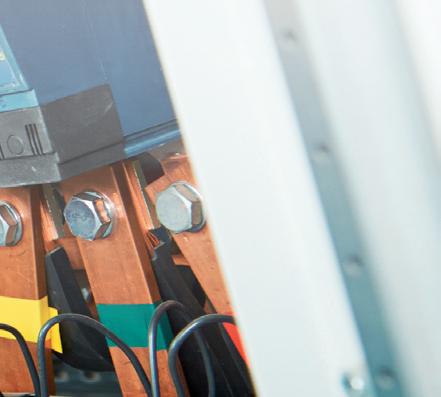

Electrical line workers can also be called linemen in American English Being a lineman suits you if you like working outdoors, constructing, repairing and maintaining electric utility power lines. It is a hard and dangerous job.
To ask someone about his or her job you can say
What do you do? or What’s your job? What’s your profession/occupation?
To tell someone about your job you say I’m a/an __________________ or I work as a/an _____________.
I’m an electrician. I work as an electrician.
You can form new words by adding prefixes or suffixes to the base form. Most terms for professions are formed with a root and the following suffixes: –er worker, teacher –ist dentist, scientist –ian electrician, technician –man policeman, lineman
8. Add some jobs you know to the chart above.
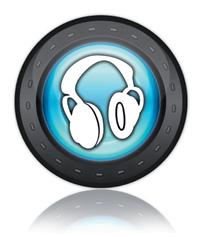
Mike Hi, Tom.
Tom Hi Mike, how are you?
Mike Fine, and you? How are you doing? What about your studies?




Mike Oh, that’s great!
Tom Yes, it is. I really enjoy training in the workshop!
Tom Mmm, both trades* are very interesting.

Tom is with his friend Mike. Tom is a student. He is studying Electricity at a vocational school in London. Listen to the conversation and then read it aloud with a classmate.
Tom I’m studying to be an electrician, as you know. At the moment, I’m doing my apprenticeship in a small local repair shop and I’m really happy. I’m learning a lot. I love learning by doing!
Mike Me too, I also like Electronics, but I prefer Mechanics. I’m working in a garage now.
Mike Yes, you’re right, they are. We’re lucky! Try to learn as much as possible in the repair shop.
Tom Thanks, Mike. See you…
* Trade is another word for job, profession.
1. Now answer the following questions about the dialogue:
a) Tom and Michael… are friends
don’t know each other are brothers
b) Tom… is at school now is completing his apprenticeship in a repair shop works in a garage
c) Mike… doesn’t like cars prefers Mechanics to Electronics works really hard
d) Mike thinks… they are both lucky they are both happy they are learning a lot
a) What is Tom doing at the moment?
b) According to Tom, finding a job is… easy hard interesting
c) He reads every job advert… in newspapers on the web both in the newspapers and on the internet.
d) He surfs the internet… daily every week twice a week





2. Listen to Tom and Mike talking on the phone some months later and answer the questions or choose the right answer:

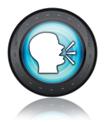
The 3rd person singular of verbs in the present simple is pronounced in three different ways:
1. Listen and repeat.
/s/ /z/ /ɪz/ works cleans washes
2. Listen to the following verbs in the present simple and put them in the right column according to their final sound.
needs fixes stops walks drives connects seems gives closes likes buys mixes
/s/ /z/ /ɪz/

Describing jobs

2. Think of a job for each of the following adjectives.



Track 5





Track 6

1. Look at these adjectives used to describe jobs: well-paid outdoor temporary manual part-time skilled boring dangerous
Can you guess what their opposites are? You can use a dictionary if you need to. well-paid badly-paid outdoor ________________ temporary ________________ manual ________________ part-time ________________ skilled ________________ boring ________________ safe ________________
• rewarding ________________ • demanding ________________
• routine ________________ • fun ________________
• depressing ________________ • dangerous ________________
• stressful ________________ • skilled ________________

3. Now look at the pictures below. Match the jobs and the pictures.
waiter/waitress electrician football player pilot dentist manager

manager





4. Choose one of the jobs in Exercise 3 and describe it using adjectives from Exercises 1 and 2. You can start with:
I think that / In my opinion, being a …
In my opinion, being a waiter or waitress is usually a hard and badly-paid job. It is a manual job. They work indoors and long hours.
To describe people at work you can use these adjectives: organised skilled helpful hard-working lazy reliable ambitious responsible scruffy tidy experienced slow active obedient cautious creative loyal relaxed clean polite independent patient enthusiastic honest
Make sure you understand what they mean. You can use a dictionary or ask your teacher for help.
5. Are the qualities in the box above positive, negative or neutral ways to describe a worker? Put them in the right column: positive
6. In English you can often form the opposite of adjectives using negative prefixes such as: un–, i–/in–/im–, dis–, non– Can you guess the opposite of these adjectives?
organised obedient responsible honest skilled reliable tidy patient
But there is not always a negative prefix for every adjective, sometimes the antonym is formed with a suffix (i.e. –less) or it is a completely different word.
Write the opposites of the adjectives below: slow hopeful clean hard-working
7. In your opinion, which are the most important qualities for any worker in any job? Write 3 adjectives.
Being __________________, ___________________ and __________________.
• In small groups, compare your answers and comment on your choice.
8. Now think of a job in the fields of electricity or electronics. Are the same qualities important? Are any of them particularly relevant? Why? Write some sentences about it.
In my opinion, being ______________________ is essential for an electrician.
9. Complete the sentences and definitions with the adjectives in the box the previous page. The first letter is given:
a) A person who is an expert in something, who has the ability and experience to do something is skilled.
b) Being careful and c______________ is essential for an electrician. It can be a dangerous job.
c) He can’t stop doing things, he is a very a person.
d) Someone who is dirty and untidy is s .
e) What is the opposite of hard-working? L .
f) Someone you can trust is r and the opposite is u
g) People who work in Marketing are usually very imaginative and c . Electricians are responsible for installing and maintaining fuses, wiring and other mechanisms used for the transferral of electricity. Some of them get an hourly wage while others receive a monthly salary. The pay varies depending on the nature of the work. If it is very specialized or very dangerous, it is usually well-paid.
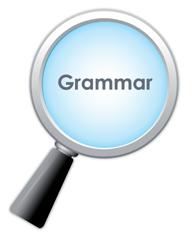
Verbs to be and to have (got)
Verb TO BE Verb TO HAVE (GOT)
I __________
Complete the charts:
__________ are ________, ________, ________ is We __________
You __________
__________ are I __________
__________ have (got)
He, she, it __________
We __________
__________ have (got)
They __________
1. Now complete these sentences with the right form of verbs to be and to have (got):
a) How old is she? She __________ 18.
b) What does Sean do? He __________ a car electricity specialist.
c) __________ you very tired? Not really, I __________ (not) tired, I __________ OK.
d) They run their own business, they __________ a small electronics repair shop.
e) His sister __________ a new mobile, it __________ a very trendy and expensive model.
f) Molly’s smart TV __________ a Samsung, but I __________ a Sony.
g) – __________ you happy with your new job?
– Yes, of course. It __________ (not) boring at all, it __________ very interesting.
h) David __________ (not) a Smartphone. His mobile __________ very old.
i) A multimeter __________ two leads: a black and a red one.
j) __________ Tom a mechanic? No, he __________ (not), but he works in a car dealership.
Look at these sentences…
a) I study Electronics.
b) She loves pop music.
c) Electricians repair devices.
Which one…
expresses a fact? __________
talks about habits and routines? __________
expresses likes and dislikes? __________
The sentences above are in the Present Simple. In this section you are going to learn all about this tense.
Use
We use this tense:
• for habits and routines: I work in a small company
• for general actions, permanent situations, facts and definitions: Electricians repair electrical appliances.
• to express feelings and opinions: He loves Smartphones.
Form
Remember that in the affirmative form the verb adds an –s when the subject is the third person singular (he, she, it). We work hard. She works with us.
And don’t forget to use the auxiliary verb do/does for the negative and interrogative.
I do not work in an office. (short form: don’t)
Does he work in an office? Yes, he does./No, he does not (short form: doesn’t)
Frequency adverbs and expressions
The present simple is often used with adverbs or adverb phrases such as: always, never, rarely, sometimes, on Sundays, twice a year, etc.
• Frequency adverbs are placed before the verb*: He always works hard. We rarely visit him.
* Except after verb to be: He is never happy
• Frequency expressions usually appear at the end of the sentence: I ride my bike every day.
Or at the beginning: Every day I ride my bike.
Spelling rules for the third person singular
• Most verbs add –s stop-stops, repair-repairs
• Verbs ending in –ss, –sh, –ch, –x or –o add –es fix-fixes, wash-washes
• Verbs ending in consonant + –y change the –y into –i and add –es carry-carries, try-tries
1. In the following sentences, write the verb in brackets in the present simple.
a) They love old gadgets.
b) We never (drive) fast.
c) My sister (like) all electric appliances.
d) Where he (live)? In Brighton.
e) This repair shop _____________________ (employ) eight people.
f) He always _____________________ (travel) by train.
g) Our friend (not/download) films because it’s illegal.
h) (she/buy) fair trade products? Yes, she usually __________________________________ (buy) products from a charity.
i) How often you (go) to Irish pubs? Once a week.
j) I __________________________________ (enjoy/always) listening to pop music.
k) - What (Betsy/study)?
- She __________________________________ (study) engineering.
l) - How much (this washing machine/cost)?
- It (cost) £ 600 but it has amazing features, like direct drive technology.
2. Now let’s think about the use of the present simple. Which sentences in Exercise 1 express habits or routines, permanent situations and feelings? habits or routines feelings permanent situations/facts a
3. Fill in the chart with the following verbs in the third person singular. buy make do dry design wash fit try watch carry go fix repair maintain
4. What do they do? Make sentences using the prompts in the box. repair appliances install solar panels study Electronics deliver spare parts maintain electric power lines

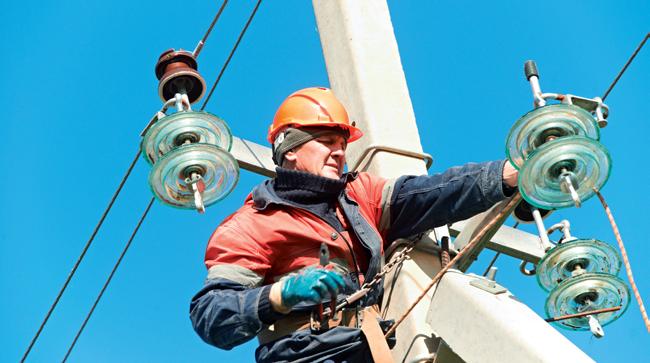

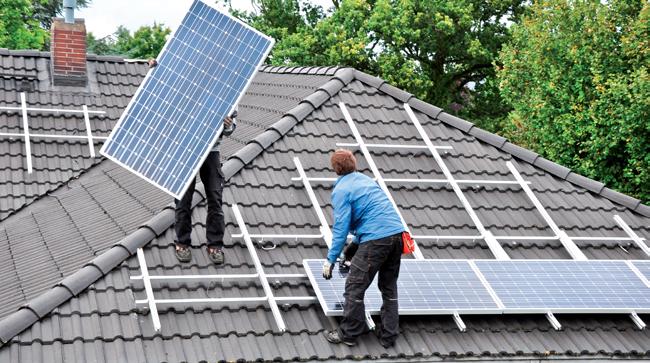

5. Write down all the frequency adverbs you know and order them according to the frequency they express.
+ frequent
– frequent always
6. Write true sentences (affirmative or negative) about some of your habits or routines using the words given and a frequency adverb or expression:
a) go out I go out with my friends every weekend.
b) go to the cinema ________________________________________________________________
c) play computer games ________________________________________________________________
d) watch TV
e) ride a bike
f) travel abroad ________________________________________________________________
• Now compare your habits and those of your partner.
To express your feelings towards something, what you like or dislike, you can use several verbs:
Positive feelings
Negative feelings
like, love, enjoy, prefer don’t/doesn’t like, dislike, hate
If you don’t have a strong preference for something you can say “I don’t
If you like or dislike something, use a noun after the verb.
• I love computers
• He enjoys online games
• We prefer motorbikes to cars.
But if you like or dislike a particular activity, use a present participle: verb + –ing
• I love climbing mountains.
• She hates going to car garages.
• They prefer jogging to swimming



She loves driving,…

… but she hates traffic jams.
1. Complete these sentences with a suitable verb. Make true sentences about you and your feelings:
a) I ________________ F1 car races. e) My friends motorbikes.
b) I ________________ studying grammar. f) My mother travelling.
c) I ________________ adventure sports. g) My father shopping.
d) I ________________ new smartphones. h) My friend powerful laptops.
Look at these sentences…
a) I am studying English this year.
b) She is fixing her bicycle now.
c) We are meeting tomorrow night at the new pub.
Which one…
talks about an action happening at the time of speaking? expresses an arrangement ? refers to a temporary action?
The sentences above are in the Present Continuous. Learn about this tense below.
We use this tense:
• For actions happening now, at the moment of speaking: He is repairing a car right now.
• For temporary actions; actions happening at about this time, but not necessarily now: Mary is training to become an electrician.
• To express plans in the near future (see Unit 2): We are travelling to Rome next week
Remember that you form this tense with the verb to be in the present (am/is/are) and the present participle of the main verb (infinitive+ing).
I am working as an engineer.
The negative is formed by putting not after the auxiliary. He is not working at the moment.
And the interrogative is formed by subject and auxiliary inversion.
Are you studying Electronics? –Yes, I am./–No, I’m not
Spelling rules for adding –ing
Most verbs add –ing. work-working, watch-watching.
Verbs ending in single –e drop it before adding –ing. make-making, drive-driving.
Short verbs ending in a vowel + a single consonant, double the consonant before adding –ing. cut-cutting, stop-stopping.
The continuous tenses are used only for voluntary actions. Verbs of the senses (feel, hear, see, etc.), verbs expressing emotions and feelings (love, hate, like, etc.) and verbs of mental activity (understand, think, believe, etc.) are not normally used in the present continuous
1. Fill in the chart with the following verbs in the –ing form:
study run take stop try drive fit arrive prepare start make ride paint repair deliver drop
2. Write the verb in brackets in the present continuous.
a) The washing machine is making (make) a strange noise at the moment.
b) Timothy __________________ (visit) his friend in Paris next Saturday.
c) We (look) at the range of Smart TVs. Which is the best one? It’s so difficult to take a decision.
d) My friend Susan (work) as a secretary now.
e) The technician __________________ (repair) my laptop right now.
f) I ____________________________________ (not/study) Mechanics, I __________________ (study) Computer Science at UPM university.
g) The Prime Minister __________________ (meet) some union leaders tomorrow.
h) (they/look for) a job in a multinational?
i) We (go) to an Ikea store next January, for the sales.
3. Classify the sentences in Exercise 2 according to the use of the present continuous. Do they express actions happening now, temporary actions or plans for the future?
4. What are they doing? Use the words given below.
check/fuse box repair/fridge peel off/wires solder/components drive/car test electrical connections fix/a wire to the wall check/socket

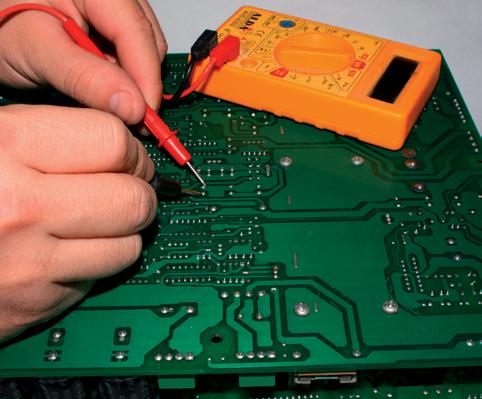





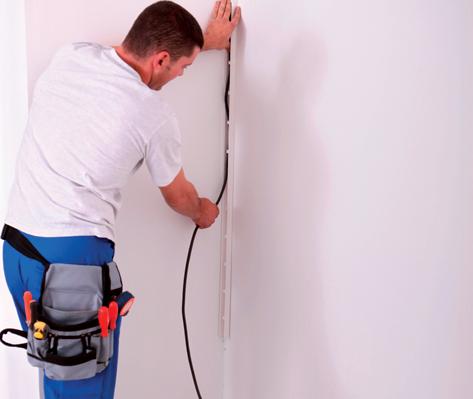
a) She is driving a car.
b) c) d) e) f) g) h)
5. Complete with the right tense of the verbs in brackets. Present simple or continuous?
a) She works (work) as a receptionist. She ____ (greet) customers.
b) My friend Mike (deliver) spare parts for cars. He (have got) a van.
c) I usually (travel) by bus.
d) She (read) an article on sustainable energy right now.
e) He always (prefer) tablets to iPads.
f) What (you/do)? (tidy up) my bedroom at the moment. It’s in a mess!
g) How often (he/go) shopping? He (go) to the supermarket once a week.
h) Sam (study) German in a language school this year.
6. Rearrange these sentences in the present tenses (simple and continuous) and write them in the right order:
a) always / She / takes / to the same garage/ her car.
b) is checking / right now / An electrician / the domotics in my house.
c) once a month / I / the car / wash.
d) He / an electric car / at the moment / is driving.
e) to the cinema / My friends and I / go/ sometimes.
f) hardly ever / Alex / to theme parks / goes.
7. Read the text and fill in the blanks with the verbs in brackets in the right tense: present simple or continuous:

My friend Mary is a mechanical engineer. She is very intelligent. She works (work) at a big Nissan car plant in Sunderland. They 1. ________________ (make)
330,000 cars there every year. She 2. ________________ (design) the electric circuits for the cars and 3. ________________ (oversee) the work of a team of mechanics and technicians on car electronics. She’s really good at it. She often 4. ________________ (travel) abroad, mainly to Japan and Germany.

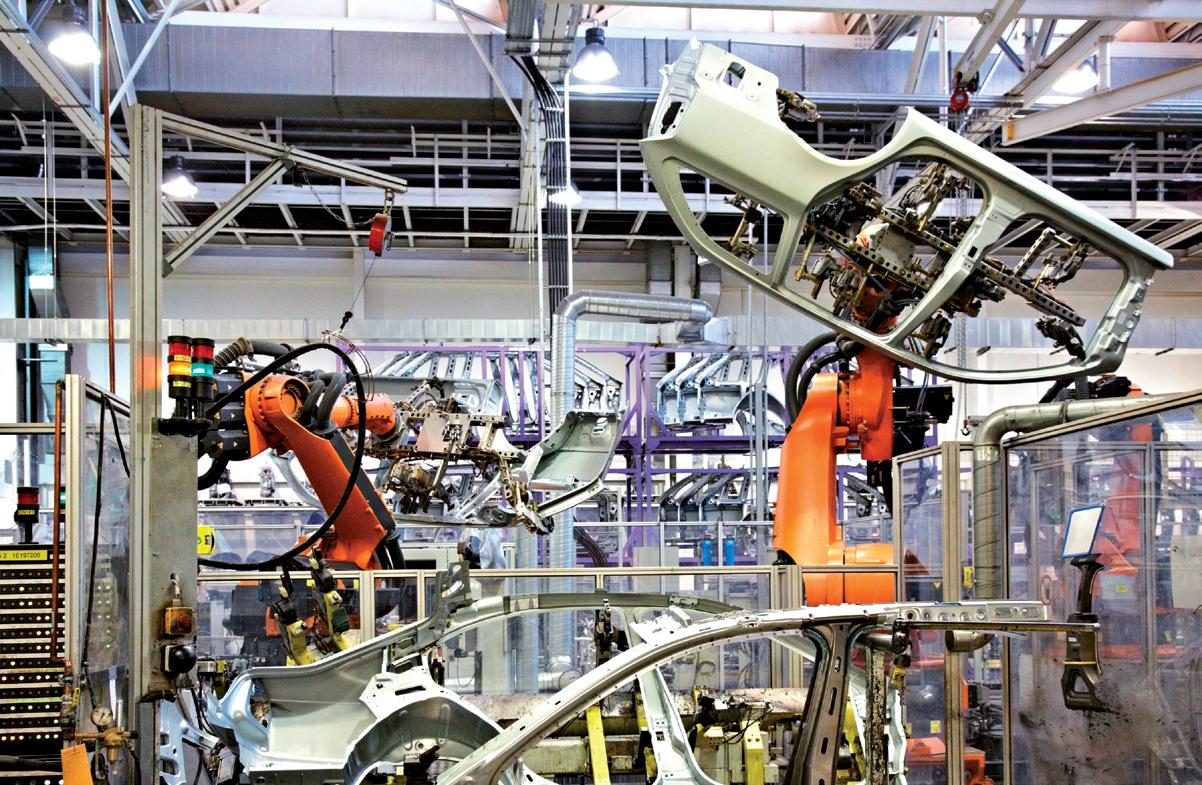



At the moment she 5. _________________ (work) with a team of seven young engineers who are specialised in different areas. They 6. ________________ (develop) a new diesel engine.
Next week Mary 7. (visit) a new Nissan car plant in Xiangyang, in China.
She 8. (like) her job very much, and she 9. (not/ mind) travelling. She usually 10. (say) her job is stressful and challenging, but also very rewarding.
I 11. ________________ (think) her life is really amazing!






Read the job adverts below and discuss with your partners which one is the most interesting for you and why.


Switchiton Electrical Services Australia
Maintenance electrician needed for Residential service work
• Excellent Pay and Great Bonus System.
• Long term secure job.
• Company Vehicle Supplied.
The successful applicant will enjoy working to deadlines, be reliable and passionate about their work and have the ability to work under pressure when needed.
Please fax CV to 1818 8709 or email Joe Thompson at Jo@redwire.com.au
Tel. 07910 0787775
Ad reference. 7352 Posted: 1 week ago
Viewed 157 times.
Reply to this ad



WIRING LTD
Details: Electrician
Location: Edinburgh.
Job type: Permanent. Posted by: Wiring Ltd.
Job functions:
• Electrical maintenance of commercial and industrial facilities.
• Panel wiring, construction and installation.
Skills
• Ordering and receiving of materials.
1. licensed grade A electrician.
2. good at management of commercial and industrial facilities.
3. spoken and written English.

Electrician Required, Hastings Electrician required for busy town centre repair shop
Duties include repairing all kinds of electrical devices in accordance with workshop quality standards and managing the shop.
Part-time job (4 hours a day).
Please call to arrange interview or email CV to: smithwiring@aol.com.
Ad reference: 7353
Posted: Yesterday
Viewed 86 times.
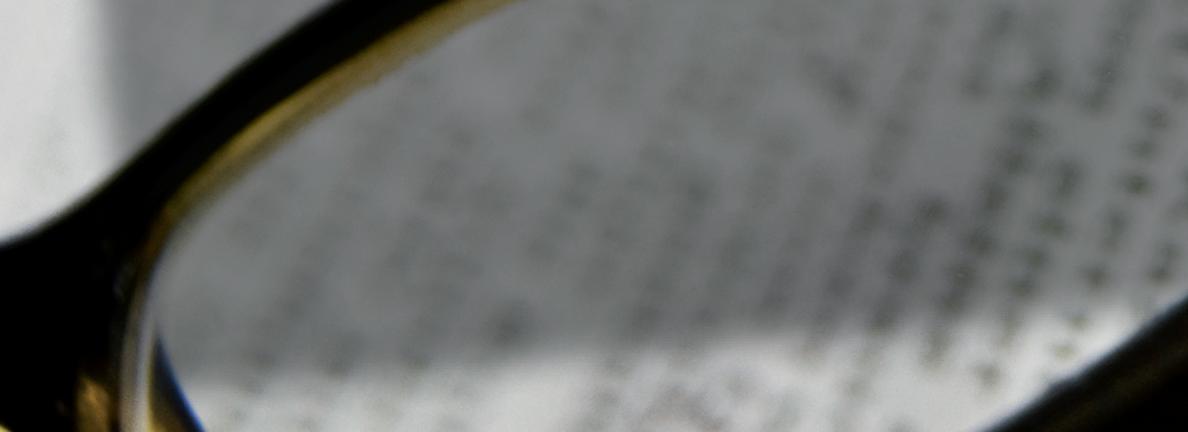
Reply to this ad

4. computer literate.
5. drivers licence.
• Candidates should be responsible and motivated,
• Good salary available.with good organisational skills.
• This position includes vehicle, uniform and mobile phone.
Experience
At least fi ve years practical experience in a similar position.
Add reference: 7354
Viewed 139 times.
Reply to this ad


When you refer to a notice about a job or product, you can say advertisement, advert or ad (informal).